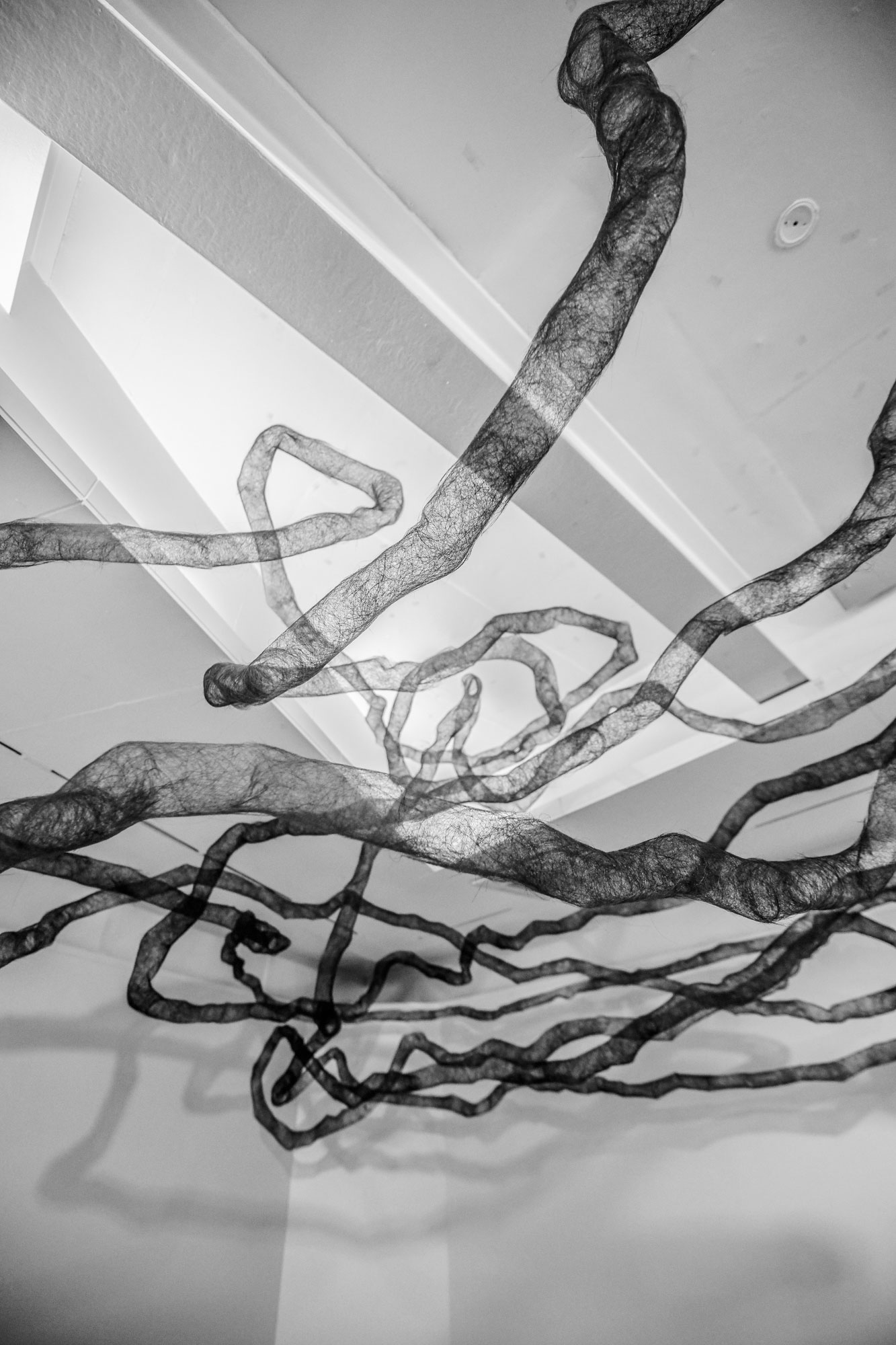Ali Kazim
Born in 1979 in Pattoki (Pakistan)
Lives and works in Lahore (Pakistan)
Ali Kazim received his BFA from the National College of Arts, Lahore, in 2002, and his MFA from the Slade School of Fine Art, London, in 2011. He has received a number of awards, including: Finalist for the Catlin Prize, UK; The Land Securities Studio Award, London; Young Painter Award, Lahore Arts Council; and the Melvill Nettleship Prize for Figure Composition, UCL, London. He has also participated in numerous art residencies, such as: The Art House Residency, Wakefield; Art OMI Artist Residency, New York; ROSL Travel Scholarship: Residency at Hospital Field, Scotland; Vasl Residency (Triangle Arts Trust), Karachi; and the International Artist Camp, George Kyet Foundation, Sri Lanka. His work has been exhibited extensively, both nationally and internationally, in group and solo shows, as well as in various collections around the world, including: the Metropolitan Museum, New York; the Pacific Asia Museum, Pasadena; the British Museum, London; the Victoria and Albert Museum, London; Queensland Art Gallery, Brisbane; the Burger Collection, Hong Kong; Creative Cities Collection, Beijing; the Kiran Nadar Museum of Art, New Delhi; the Devi Art Foundation, New Delhi; and the Samdani Foundation, Dhaka. He currently teaches in the Department of Fine Art at the National College of Arts, Lahore. The crux of Kazim’s multi-disciplinary artistic practice is the sensitive selection of materials in order to articulate the subject most efficaciously. This manifests itself in his work in the wide-range of media and technical practices that he utilises to investigate the multi-faceted, substructural elements of our everyday world.
In his untitled installation for the Karachi Biennale 2017, Kazim has used human hair to create a three-dimensional drawing in the space. The work derives from the artist’s interest in the complexity of the human body, both in its physiognomy and as a thematic concern. His selection of human hair as the material for his work reveals the basis of his artistic practice, which strives to utilise the most effective, yet often obscure material to depict his subject. In this case, he has used hair, by its nature an exterior feature of the human body, to represent the structure of the body’s interior world. By doing so, he has created a dialogue between the interior and exterior; whilst we can visibly perceive our hair growing, unable to consciously control its incremental growth without cutting it, we can very rarely perceive the constant internal function of our bodies. Thus, by using hair to represent the interior structure of our bodies, Kazim exteriorises the internal, just as the growth of our hair makes our constant bodily function visibly perceivable.

Untitled, 2011.
Hair, hairspray, invisible thread
Dimensions variable
Courtesy the artist

